Watches & Wonders is the sort of name only the watch industry could come up with but, whilst there were few actual wonders at the annual trade fair, there were some very good, creative and even imaginative designs on show. And seeing so many new watches in one go provides a snapshot of where the industry is heading, what design trends are emerging (and what’s fading away) and generally who’s hot.
Beamed live, or at least semi-live, from Geneva, there being no possibility of an in-person event in Europe (though a live edition was held in Singapore immediately after), the week brought together most of the industry’s top brands, large and small, to present to the world – the major absentee being the Swatch Group, so no Omega, Breguet, Blancpain, etc – but others swerved Watches & Wonders including Audemars Piguet, Grand Seiko and a number of independents. We’re not interested in industry politics here, so we’ll include some of the defaulters where useful.
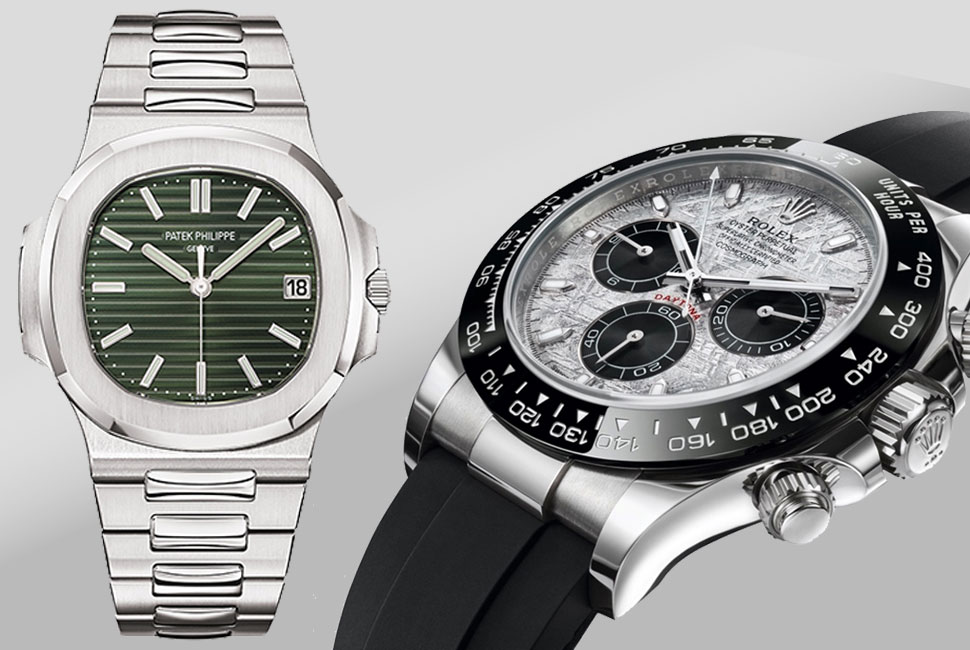
The most noticeable early escapees from the digital bubble were, inevitably enough, Patek Philippe’s new, green dialled Nautilus and a new Explorer II from Rolex. Both are perfect in their way and duly kicked off a frenzy of activity on social media while retailers’ WhatsApp accounts went into meltdown as they attempted to balance limited allocations and a wave of demand. However, neither watch is special enough to justify what instant resale prices might first suggest and I’m not sure how special a customer you would have to be to catch the retailer’s eye when it comes to apportioning slim allocations.
Once that hype settled, attention could turn to the rest (and both Patek and Rolex had more interesting watches to show), though first to Omega, one of the no-shows at the fair. The Bienne brand released a new generation of the Speedmaster Moonwatch, the most significant update of the model since 1996, coming complete with a new, state-of-the-art movement, smartly re-engineered bracelet and subtly updated dial.

The black varnished face brings back the step into the sub-dials and adds a different balance to the texts while the main chronograph hand has a sharper teardrop, both details that recall earlier generations of the watch. That, the new engineering and the option for a hesalite crystal dial make the Speedmaster a conversation with the past rather than just another update. Very smart.
Notably, all three are designs that first appeared decades ago. In fact, updates of classic forms still outweigh new ones. It’s a phenomenon that is almost unique to the horological world, although designs that were good in the 1920s and 1930s are still good today: Cartier’s Tank, Vacheron Constantin’s 1921 and Jaeger-LeCoultre’s Reverso being prime examples. Whether they work as contemporary designs comes down to how you balance the past and the present, that Speemaster being a good example.
Some of that difference is down to the very, very, slightly finer manufacturing tolerances available today can have a surprisingly radical effect on how a watch looks and feels. Jaeger’s Reverso seems to benefit from that while recent versions of Cartier’s Crash somehow don’t.
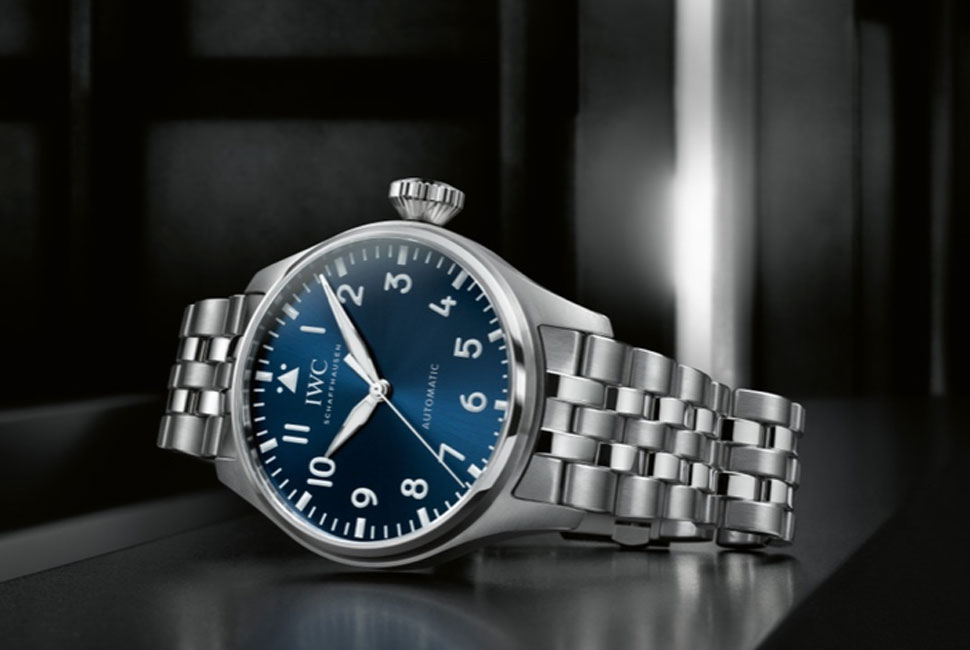
Size matters too as designs originally intended for 34 and 36mm cases don’t always scale up successfully, which is one way of applauding one of the emerging trends: smaller watches. It was only in the early 2000s that 42mm became mid-size. Also showing that smaller can be better were IWC and Panerai. IWC’s Big Pilot and, even more so, Panerai’s Luminor kicked off the growth in watch dimensions, both being derived from watches made for military use in the 1930s, when sheer reliability and performance trumped any concerns about size.
So it was interesting to see whether designs intended for watches dialling in at 45mm plus would work at reduced scale; and they do: the smaller, 43mm Big Pilot, which comes with either a black or a blue dial, makes the transition with a subtly simplified dial (the oversized conical and in-house IWC automatic movements survive) while the Panerai, which has been in 42mm form before, has a smart new bronze case that seems, somehow, to make the size more natural. IWC, by the way, also produced smaller versions of the Pilot’s Chronograph that are worth looking out.
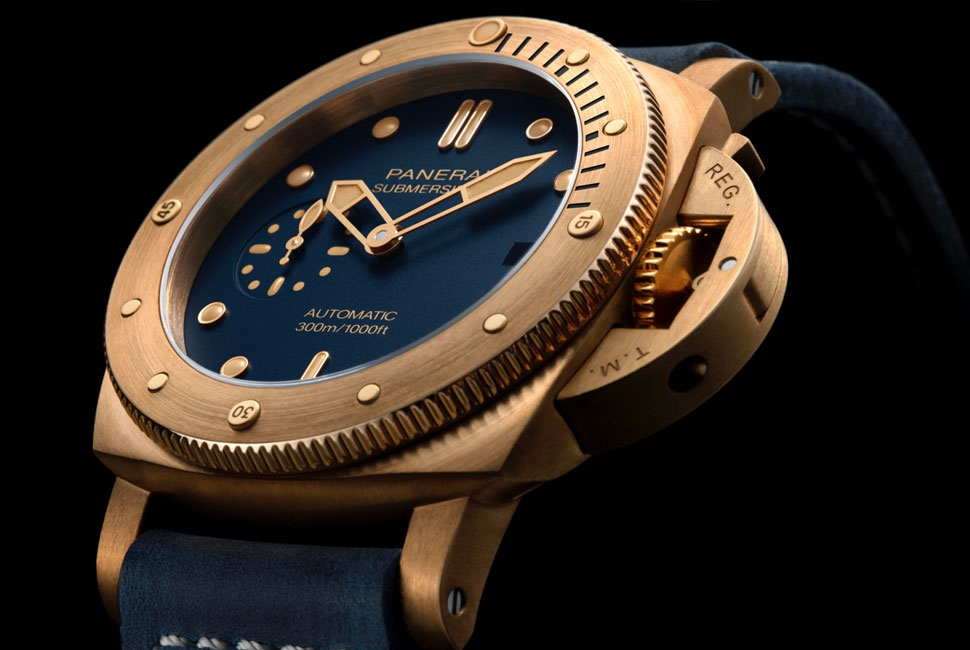
Even without trying out new sizes, the past is not another country in watch land as there were a number of smart raids on the design archives. The absolute winner here being Vacheron Constantin’s simply delicious update of a century old design, the Historiques American 1921. Coming in three variations; 40 and 36.5mm white gold and 40mm platinum, the American 1921 is a masterclass in how to update without losing character in the process. It’s sharper and more precise than the original, a quality that can tend to blandness but not in this case, where the more tightly delineated lines amp up the tension with the round dial.
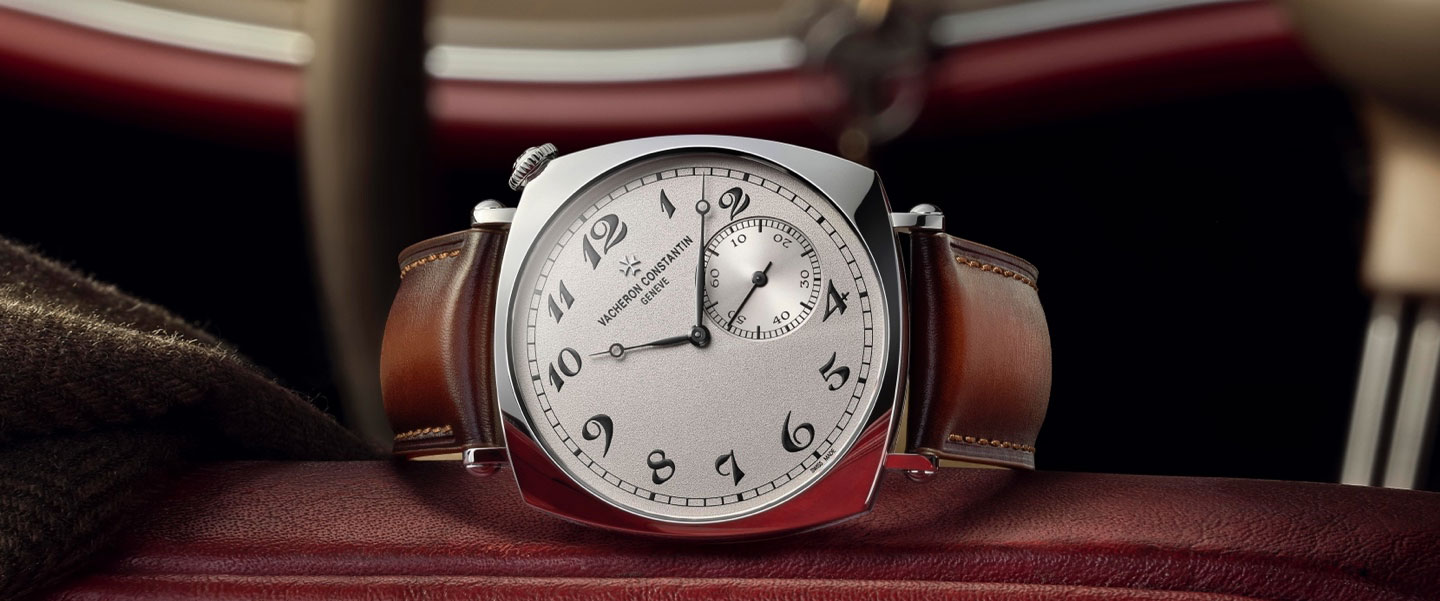
Appropriately enough, the revival that keeps the American 1921 off my top spot is ten years its junior. At 90, the Reverso has been almost synonymous with Jaeger-LeCoultre for decades. The Reverso Tribute Nonantième is a clever synthesis of all that Jaeger have done with it over the decades – it’s clever and decorative and has its own special character. Designed around a movement that has both a jump-hour side – a very 1930s touch – and a conventional side, the Tribute Nonantième lives up to its name perfectly.
The caseback features a semi-jumping digital hour indication inspired by the 1930s, while minutes are displayed on a rotating disc with an applied sun and moon…

Cartier’s tidal wave of new watches covers all sorts of basis, but in terms of straight revivals, the minimalist elegance of the Must de Cartier with its block colours and cabochon crowns is a thoroughly welcome (and rather affordable) return. Almost equally welcome is Baume & Mercier’s revival of the Riviera, a proper sports-luxe watch that’s also unlikely to break the bank; my only question is why the brand didn’t launch it before.
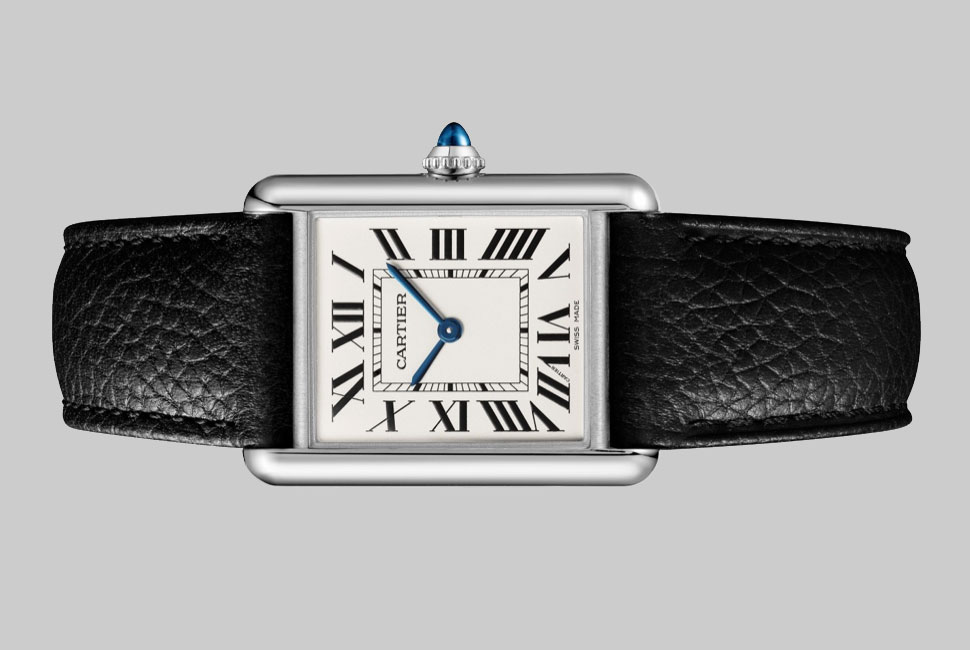
As for actually new watch designs, the picks were evenly spread between group brands such as LVMH’s Bvlgari, established independents such as Hermès and smaller boutique outfits the likes of De Bethune and Trilobe and, pleasingly, they extend across the price ranges too.
Possibly star of the show was the H08 from Hermès – much better than just another entrant to the sports-luxe field, the H08 shows what you can do with a design from the top-drawer. Obviously enough, it is a sports-luxe, just shorn of the inevitable screwed-down bezel and mass – no-one needs 1,000m water-resistance and bone-shattering shock-resistance, just a watch that you can play sports while wearing. And if the form is satisfying, the combination of materials, finishes, typography is the clincher.
The H08 by Hermès shows what you can do with a design from the top-drawer…
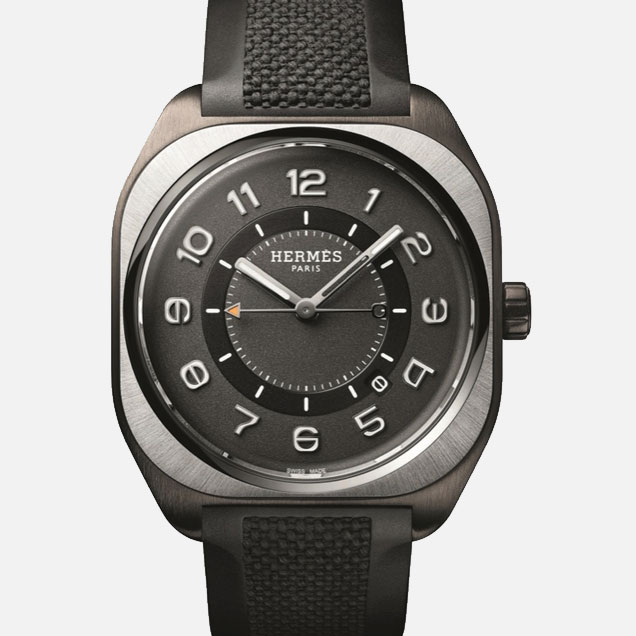
Already established as something of a contemporary classic, the Octo Finissimo has been around a few years, but Bulgari keep coming up with interesting variations, which is quite impressive given that any new movement fitted into the case’s ultra-slim form has to be a record-breaker by default. This year I’m torn between the perpetual calendar execution and the simpler, but ultra-sophisticated Tadao Ando limited edition. The former is the more technically difficult both in terms of watchmaking (yes, it’s another world record for thinness) and design (how to get so much information onto such a spare canvas), but the latter has a touch of zen magic about it that’s truly impressive.
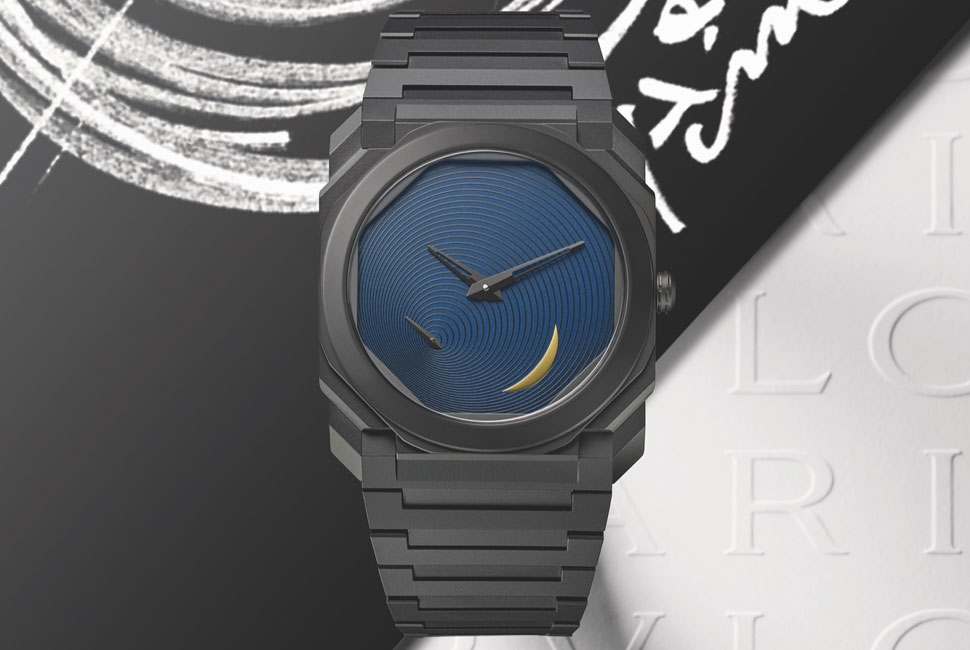
Trilobe’s clever Les Matineaux uses a movement developed for the brand by Chronode, the go-to supplier for smart horology. It is impressive value; depending on the size (there are 38.5 and 40.5mm versions) and finish, this is avant-garde watchmaking at around £8-10k.
More affordable still are Nomos Glashütte, long a favourite round here for offering exceptional quality and design for entry-level prices, typical of which is the updated Club Campus. Conceived as a first proper watch for those starting out on life, they’re simply desirable in themselves and come in quirky colours, two sizes and a burst of optimism.
There are currently ten Club Campus models in the collection: Seven with manual winding and three with neomatik movements…

So much for the sensible choices. These events are also a chance to see what’s happening at the further edges of the watch world. Hublot are still fairly mainstream but are clearly masters of the statement watch – who else could put a yellow (!!) ceramic Big Bang Unico into the shade by launching the most sapphire watch yet made, the Big Bang Tourbillon Integral Full Sapphire. Artificial sapphire has been used for dial crystals for years but it’s only lately that the machining technology has advanced enough for more complex components to be made from this material and this watch is the logical end point as case, bracelet and even movement plates are pure, clear sapphire. Yours for something over £350k.
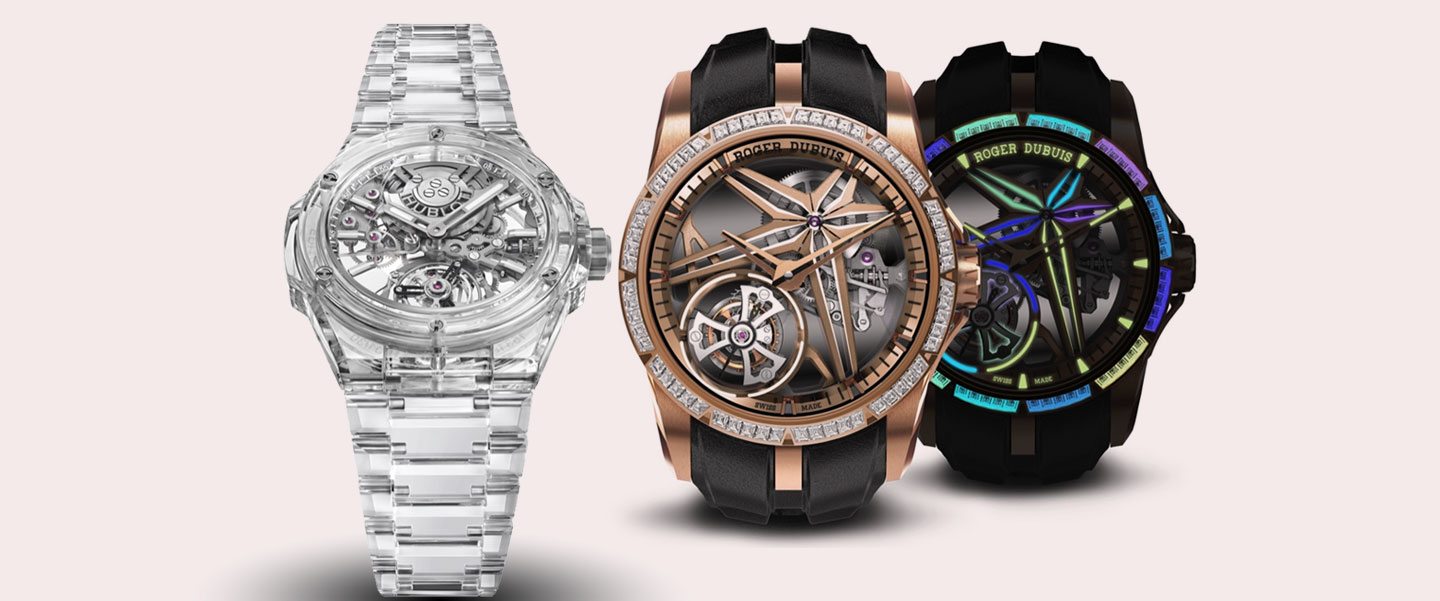
You might think it impossible to overtop the Hublot but I think Roger Dubuis has with the Excalibur Single Fling Tourbillon “Glow Me Up” which features a diamond-set bezel with each stone backed by neon Superluminova pigments. Watches as disco.
Everyone always wants to know what the theme is, what’s the latest trend and there is never one, but if you must decide, then it’s green watches: from the Nautilus, through the Tank Must de Cartier, one of the Reverso’s, a version of IWC’s Pilot’s Chronograph and Piaget’s latest Altiplano Concept right on to the gold and green that is Tudor’s very smart Black Bay Fifty-Eight 18K.
Opening picture @Tim Gouw.














Show Comments +